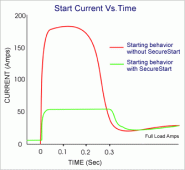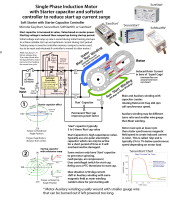Getting ready to buy my inverters and panels for a 20kw system (50 Canadian Solar 400W panels).
I have read a lot about the Sol-Ark 12k and it appears to be a more complete inverter that I can do everything I need with fewer pieces of equipment.
I have a couple concerns:
I have read a lot about the Sol-Ark 12k and it appears to be a more complete inverter that I can do everything I need with fewer pieces of equipment.
I have a couple concerns:
- First, is that I am just over the capacity of the unit if they are 9kw ea. x 2= 18kw and I need 20k capacity. I do want grid tied, battery, critical loads. Will I need three inverters?
- Second, I definitely need the HVAC and refrigerator as critical loads. During the day in So-Cal in the summer this isn't even a question. Outages are rarely over 4 hours where I live and we can use laptops, tablets and phones to do work and school. However, the HVAC is a requirement. I can run most everything but the HVAC off of my 3500 watt camping generator if there is a crisis.
Will the Sol-Ark have an issue with my HVAC, I believe when I checked this summer it pulls 208v and about 41 amps. I think this would use the capacity of one of the inverters by itself! Should I be looking at two critical load panels? One for HVAC and a second for other loads?
- Also, I have been looking to see if there is another competitors product on the market yet but I can't tell if they will do everything the Sol-Ark will. While I do believe Sol-Ark to be a quality product... they are not inexpensive and I just want to make sure there isn't a new product on the market that I have missed.




